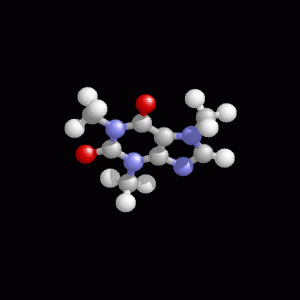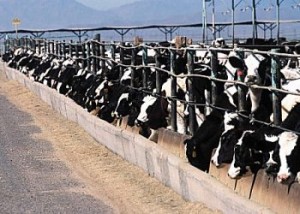
Yeah, I know. It took me a long time to come to the point. But if I’d tried to put all this into one long post, you’d have gone back to the bong, that six-pack of PBR, or the latest episode of Metalocalypse before finishing. If you’ve stumbled on this site for the first time today, what follows will make (slightly) more sense if you read Part 1 and Part 2.
Just about anything packaged that you buy to eat or drink comes with a label that identifies the ingredients. Often, one of the components will be vaguely described as “natural flavors” or “artificial flavor.” Turns out there are companies you’ve never heard of that generate mountainous piles of cash manufacturing flavor additives for food and beverage makers. Some of those flavor additives are made using natural ingredients and some are synthesized from stuff you would never think of putting in your mouth. Those companies are constantly searching for new flavors that might become a hit with consumers and sometimes all they try to do is mimic flavors that have already become a hit. They identify chemical compounds that when mixed together in the right formula produce a taste that people already like and will keep buying — at least til they get tired of it.
My favorite example from the New Yorker article that prompted these posts is the flavor company that was being paid to analyze dips made from natural ingredients and then develop chemical compounds that could be injected into a “slurry” of starch, oil, and salt to create stuff that tastes (for example) like guacamole. Or the makers of energy drinks trying to capitalize on the popularity of Red Bull by having the flavorists intentionally make their shit taste bad, because that’s what consumers have been conditioned to believe energy drinks are supposed to taste like. So what does this have to do with metal? Continue reading »


